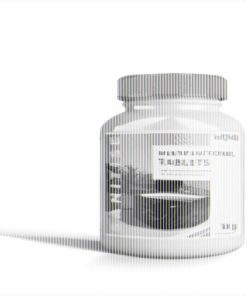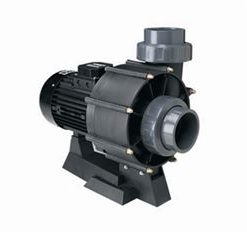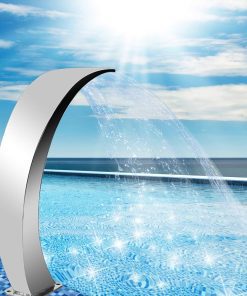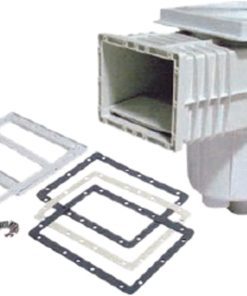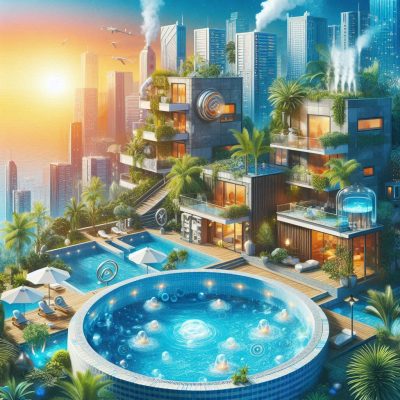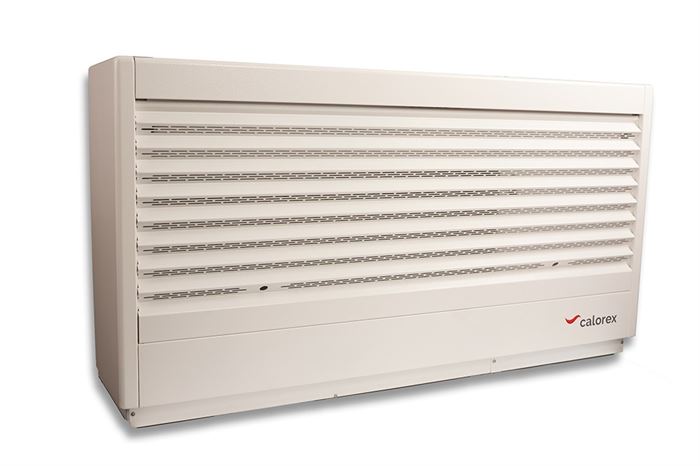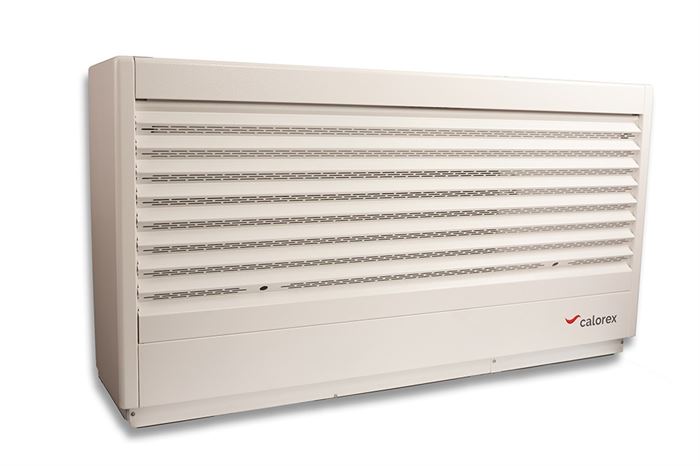Hottub, Swimming Pool
Designing Spa Pools for High Humidity Environments
Designing Spa Pools for High Humidity Environments
High humidity environments pose unique challenges for spa pool design, from structural integrity to user comfort. This post explores considerations for creating efficient and durable spa pool systems in such conditions.
Challenges of High Humidity
High humidity can lead to condensation, mold growth, and corrosion if not properly managed. These issues compromise both the pool’s lifespan and user experience.
Design Considerations
- Ventilation Systems: Install robust systems to manage humidity and airflow.
- Corrosion-Resistant Materials: Use stainless steel or treated surfaces to withstand moisture.
- Insulation: Prevent heat and moisture transfer with proper insulation.
- Drainage: Design for effective water runoff to avoid pooling and damage.
FAQs About High Humidity Designs
Q: Can high humidity damage spa pool equipment?
A: Yes, prolonged exposure to moisture can corrode components and shorten their lifespan.
Q: What is the ideal relative humidity for indoor spa areas?
A: Maintain humidity levels between 50–60% to minimize condensation and discomfort.
Build for Success
Thoughtful design for high humidity ensures your spa pool remains functional, safe, and comfortable for years to come.


